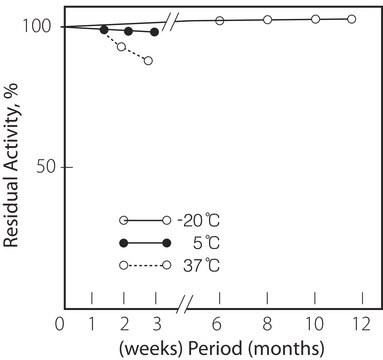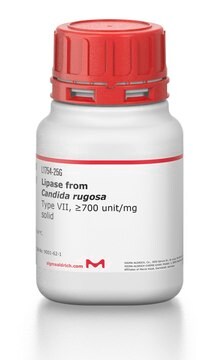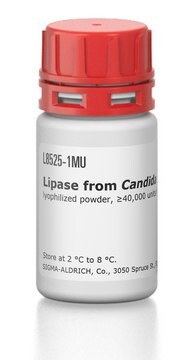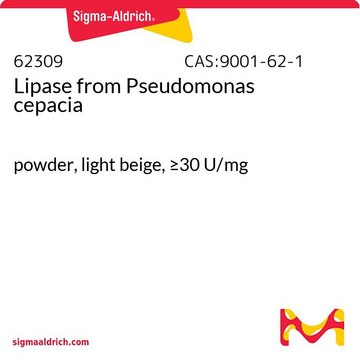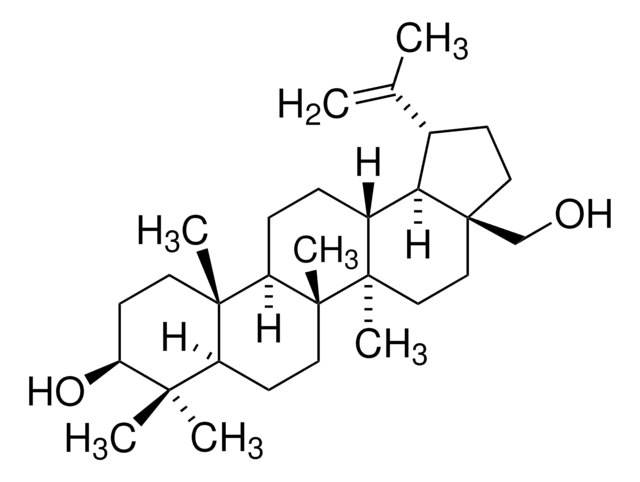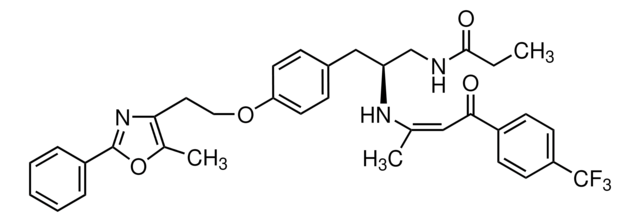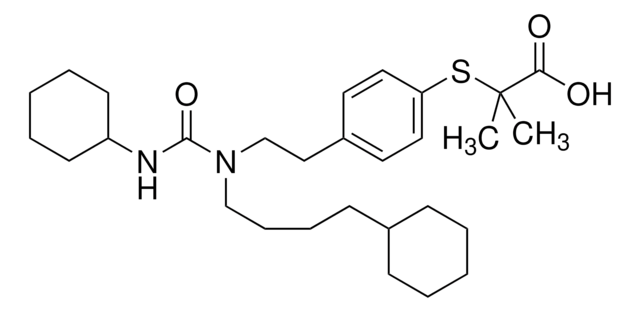Kluczowe dokumenty
P0359
Palmitoylethanolamide
≥98% (HPLC), powder, cannabinoid receptor agonist
Synonim(y):
N-(2-Hydroxyethyl)hexadecanamide, PEA, Palmidrol
About This Item
Polecane produkty
Nazwa produktu
Palmitoylethanolamide,
Formularz
powder
temp. przechowywania
−20°C
ciąg SMILES
CCCCCCCCCCCCCCCC(=O)NCCO
InChI
1S/C18H37NO2/c1-2-3-4-5-6-7-8-9-10-11-12-13-14-15-18(21)19-16-17-20/h20H,2-17H2,1H3,(H,19,21)
Klucz InChI
HXYVTAGFYLMHSO-UHFFFAOYSA-N
informacje o genach
human ... CNR1(1268) , CNR2(1269)
rat ... Faah(29347)
Zastosowanie
Działania biochem./fizjol.
Powiązanie
Hasło ostrzegawcze
Danger
Zwroty wskazujące rodzaj zagrożenia
Zwroty wskazujące środki ostrożności
Klasyfikacja zagrożeń
Aquatic Chronic 2 - Eye Dam. 1 - Skin Irrit. 2
Kod klasy składowania
13 - Non Combustible Solids
Klasa zagrożenia wodnego (WGK)
WGK 2
Temperatura zapłonu (°F)
Not applicable
Temperatura zapłonu (°C)
Not applicable
Środki ochrony indywidualnej
Eyeshields, Gloves, type N95 (US)
Wybierz jedną z najnowszych wersji:
Masz już ten produkt?
Dokumenty związane z niedawno zakupionymi produktami zostały zamieszczone w Bibliotece dokumentów.
Klienci oglądali również te produkty
Nasz zespół naukowców ma doświadczenie we wszystkich obszarach badań, w tym w naukach przyrodniczych, materiałoznawstwie, syntezie chemicznej, chromatografii, analityce i wielu innych dziedzinach.
Skontaktuj się z zespołem ds. pomocy technicznej